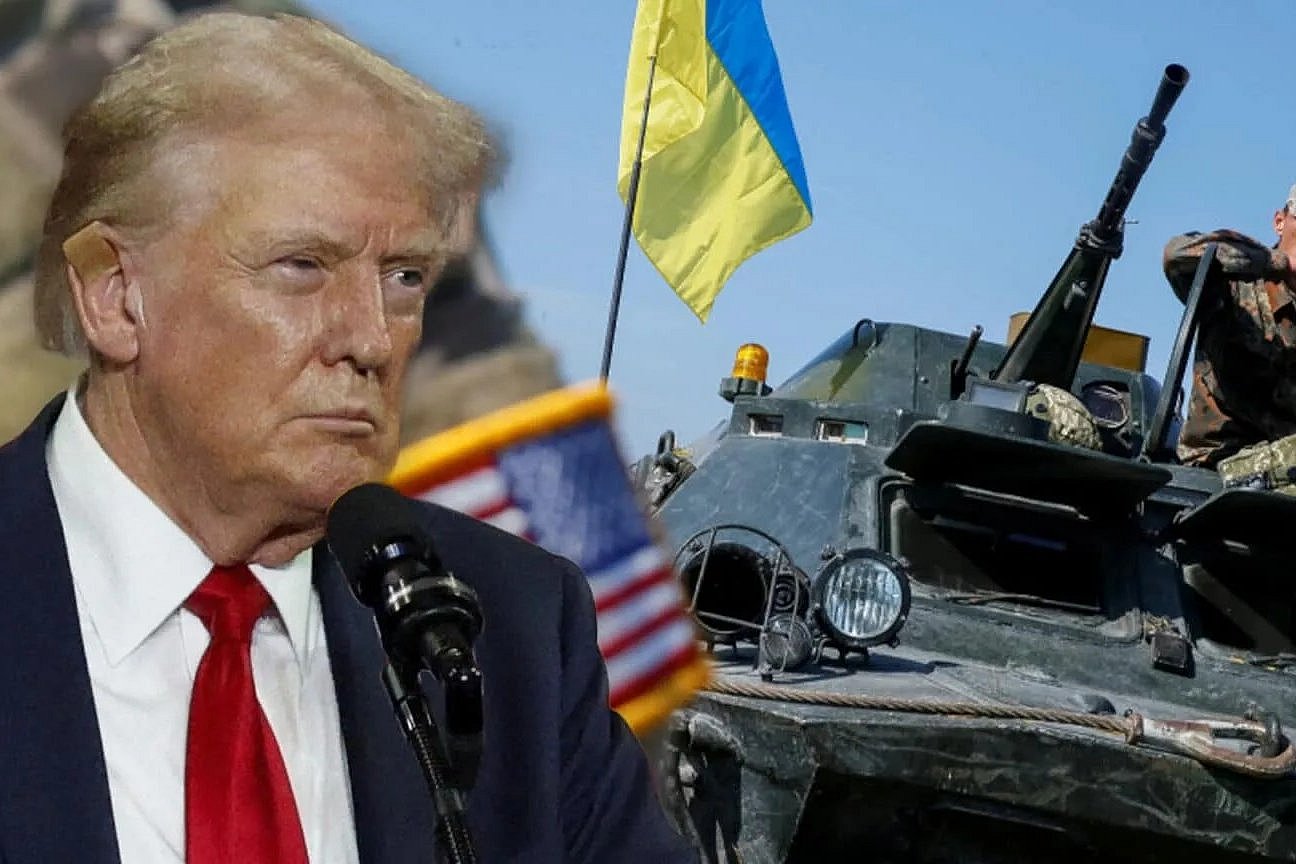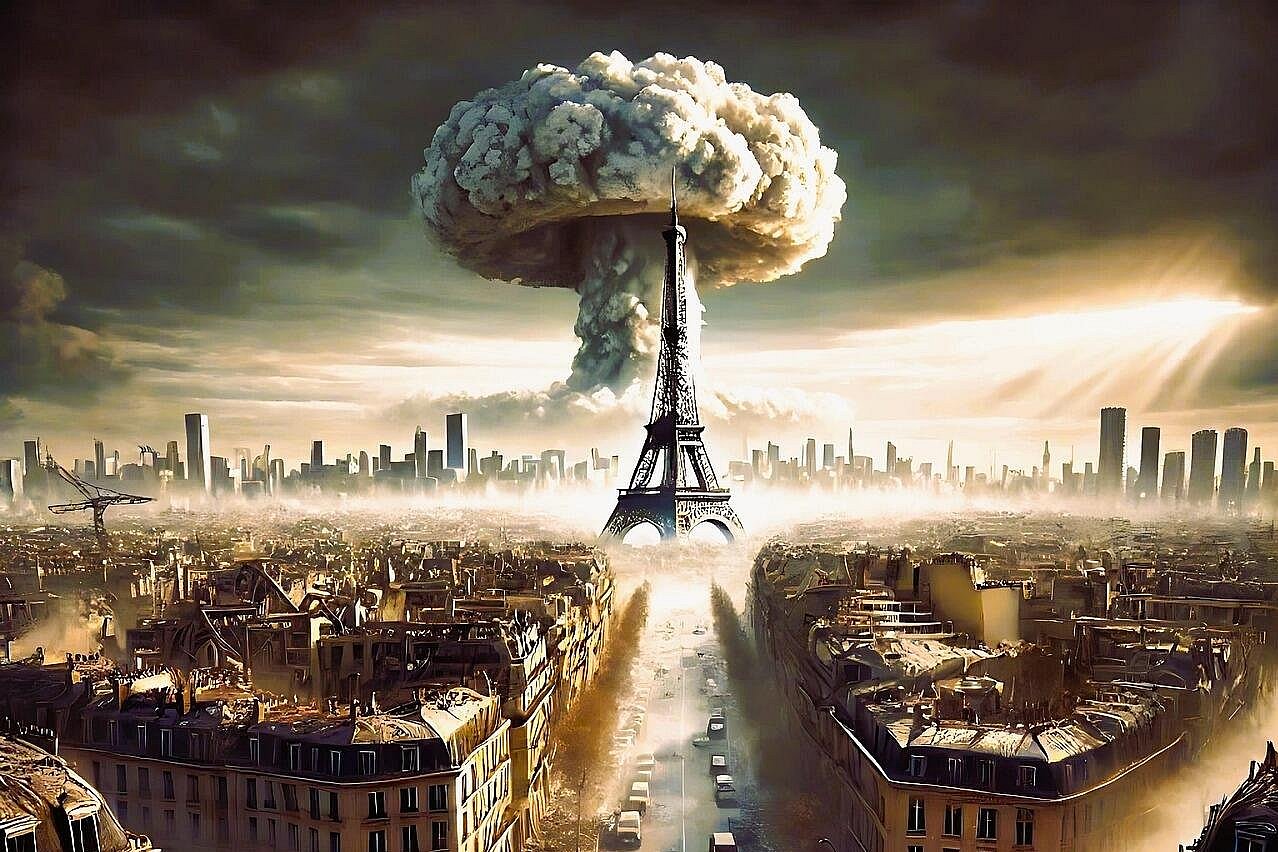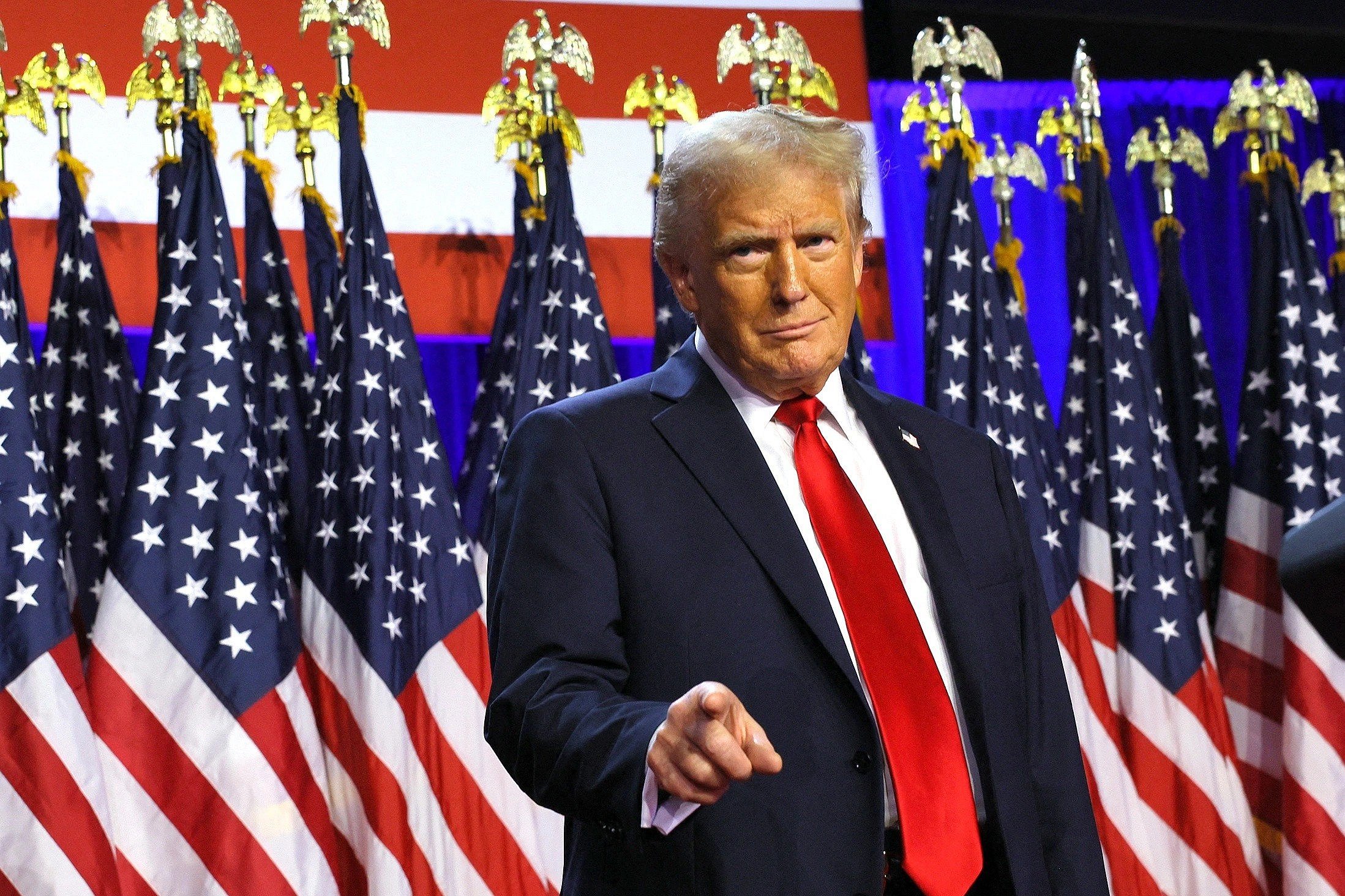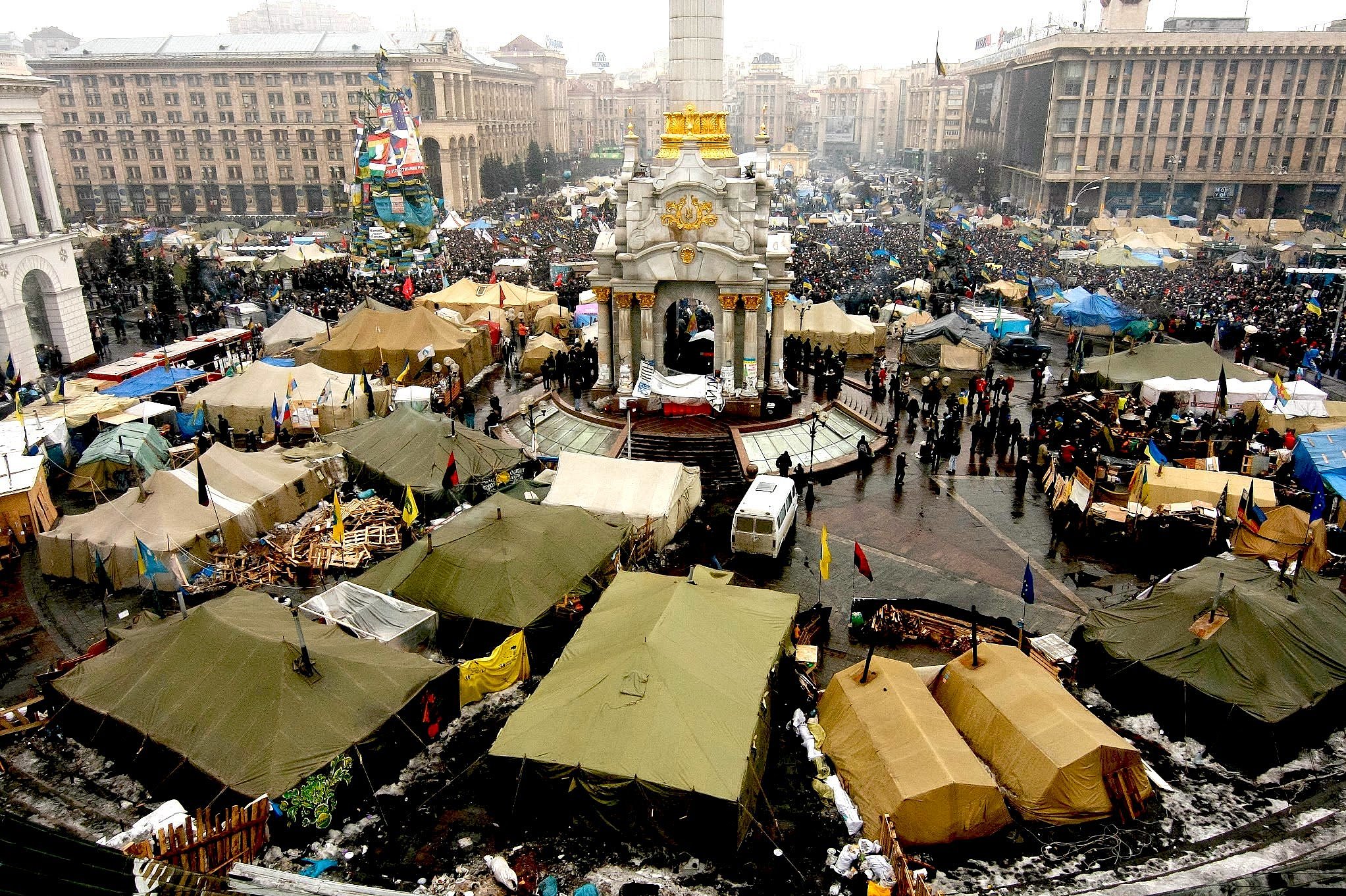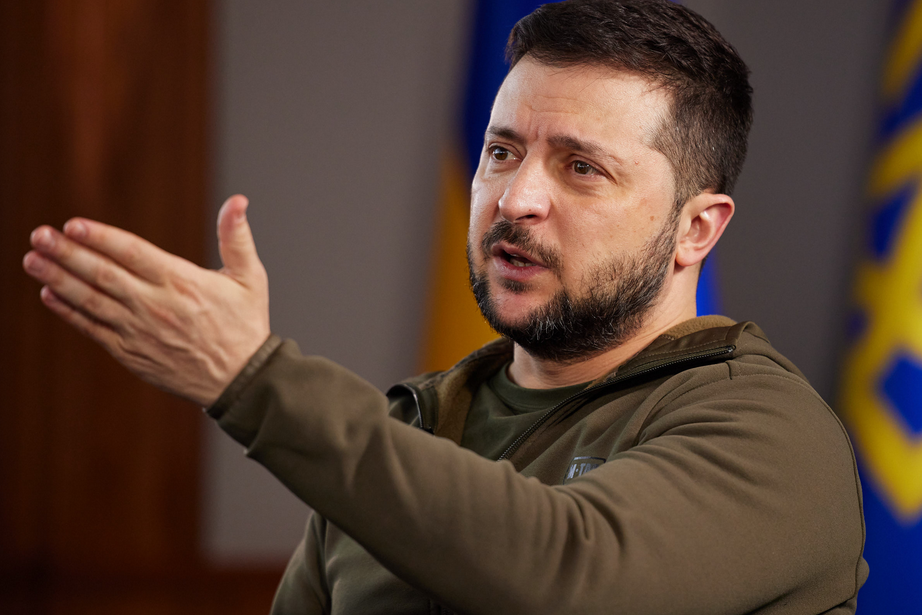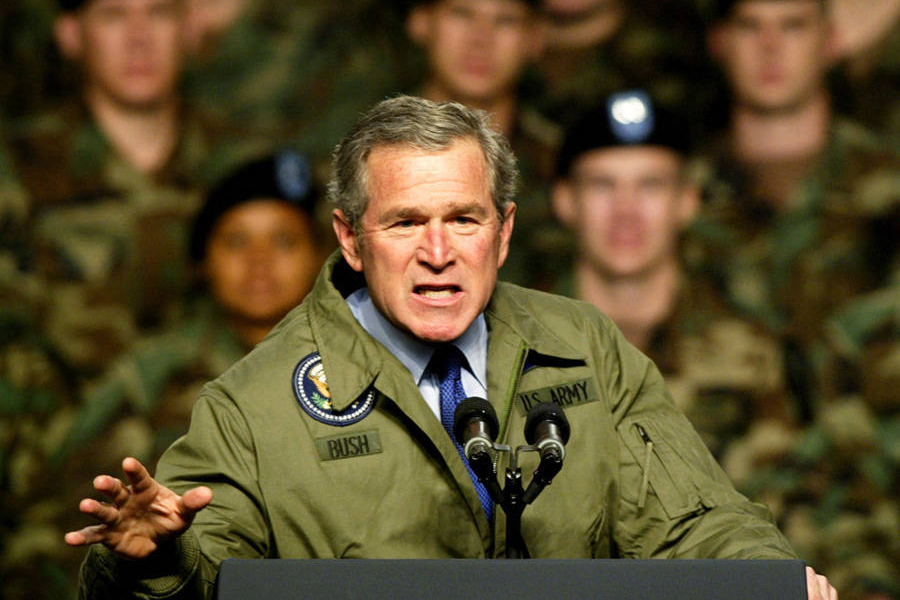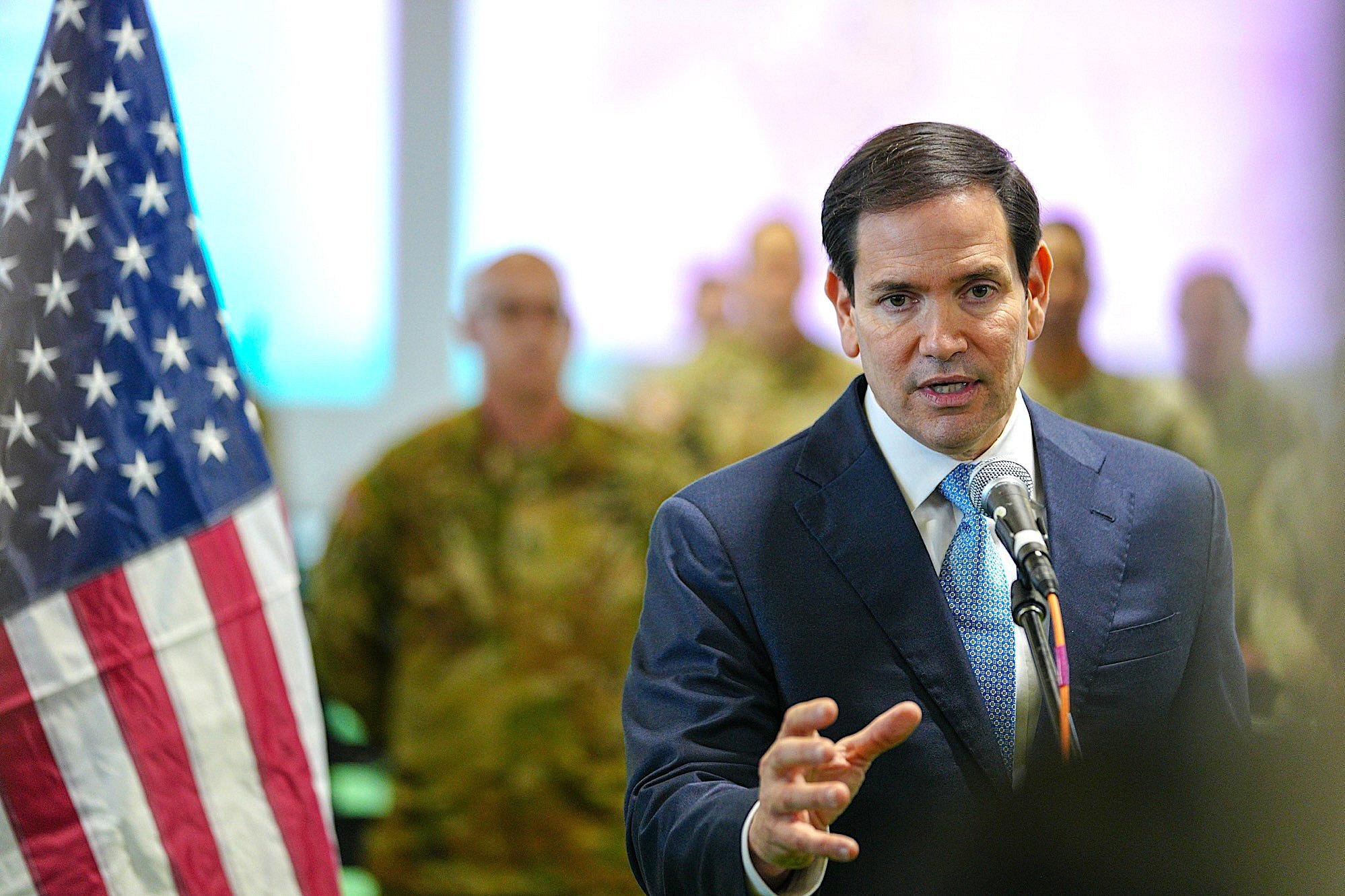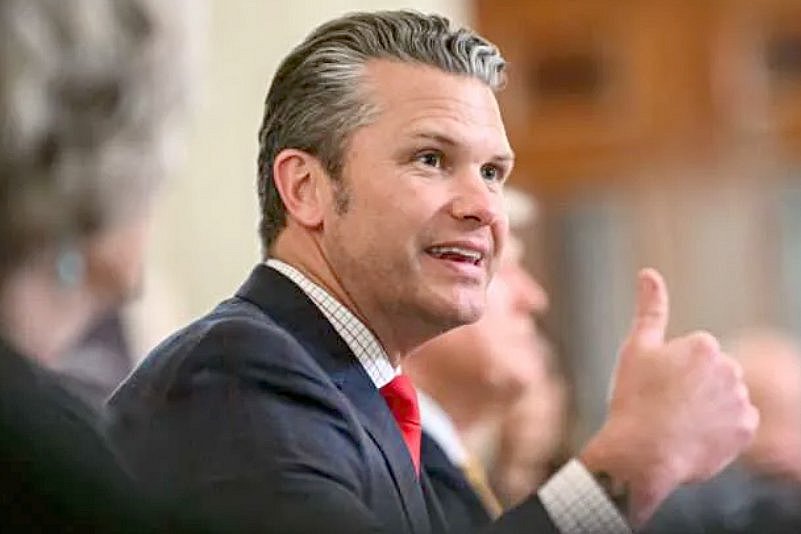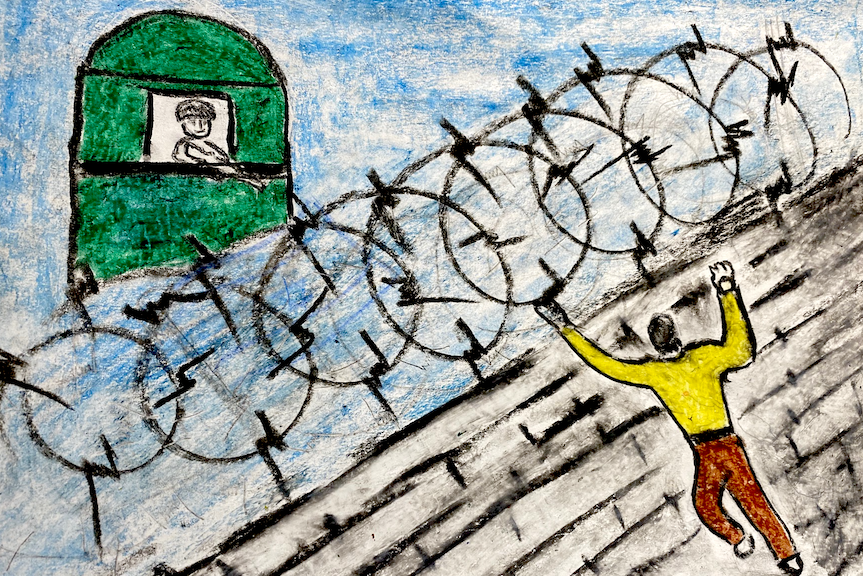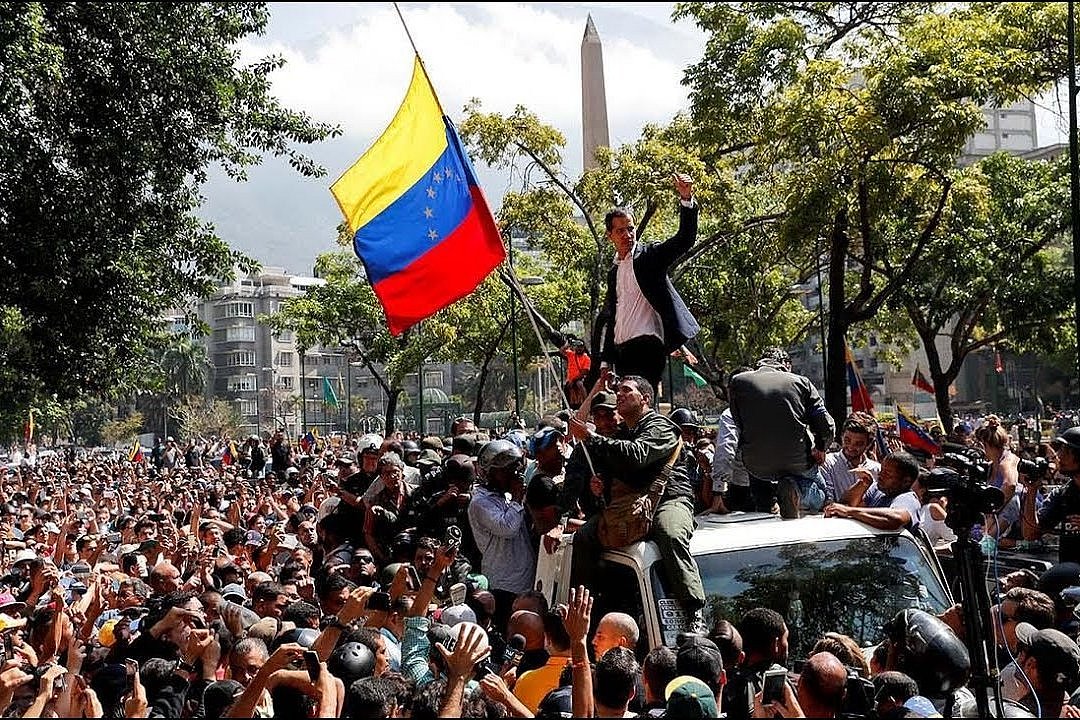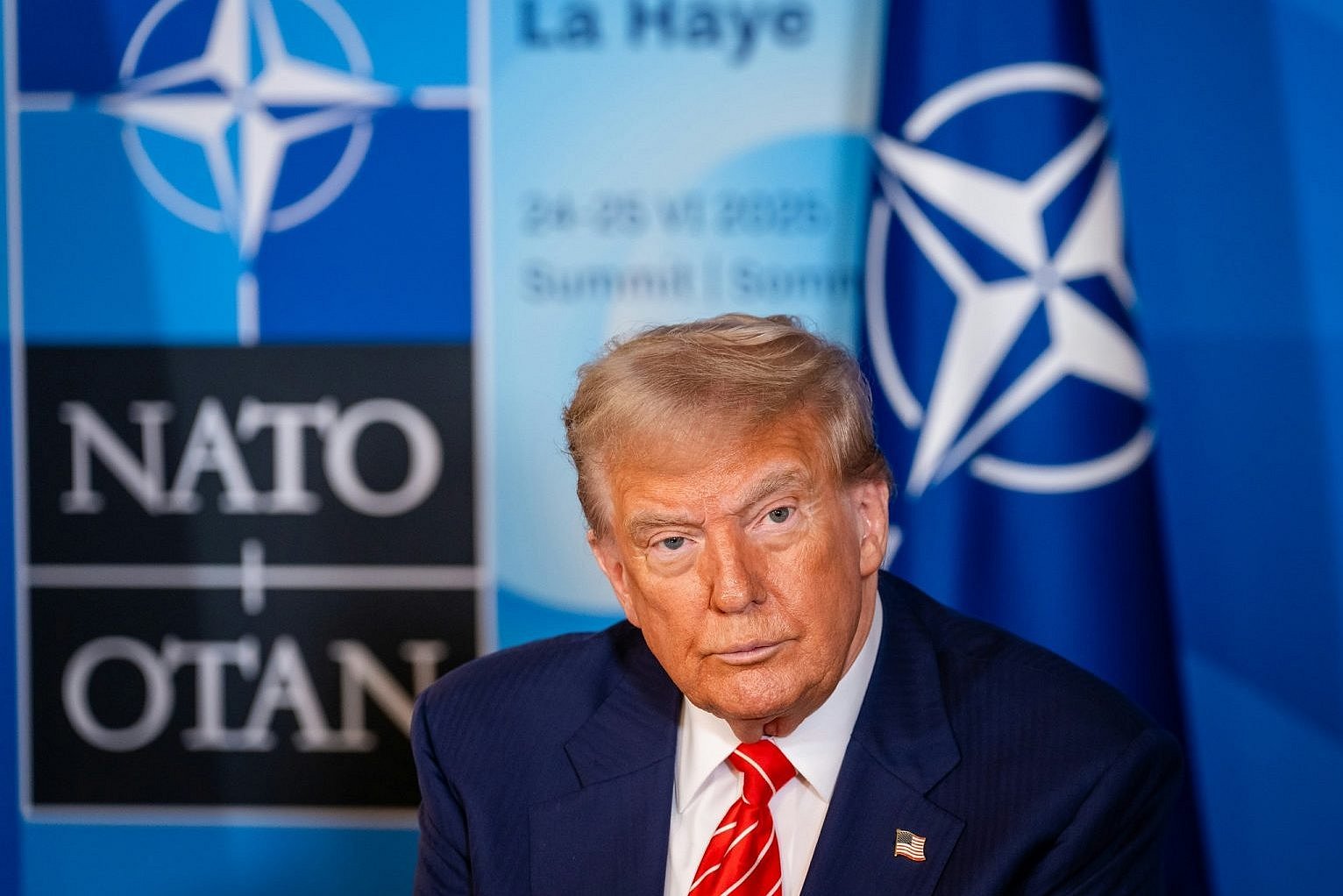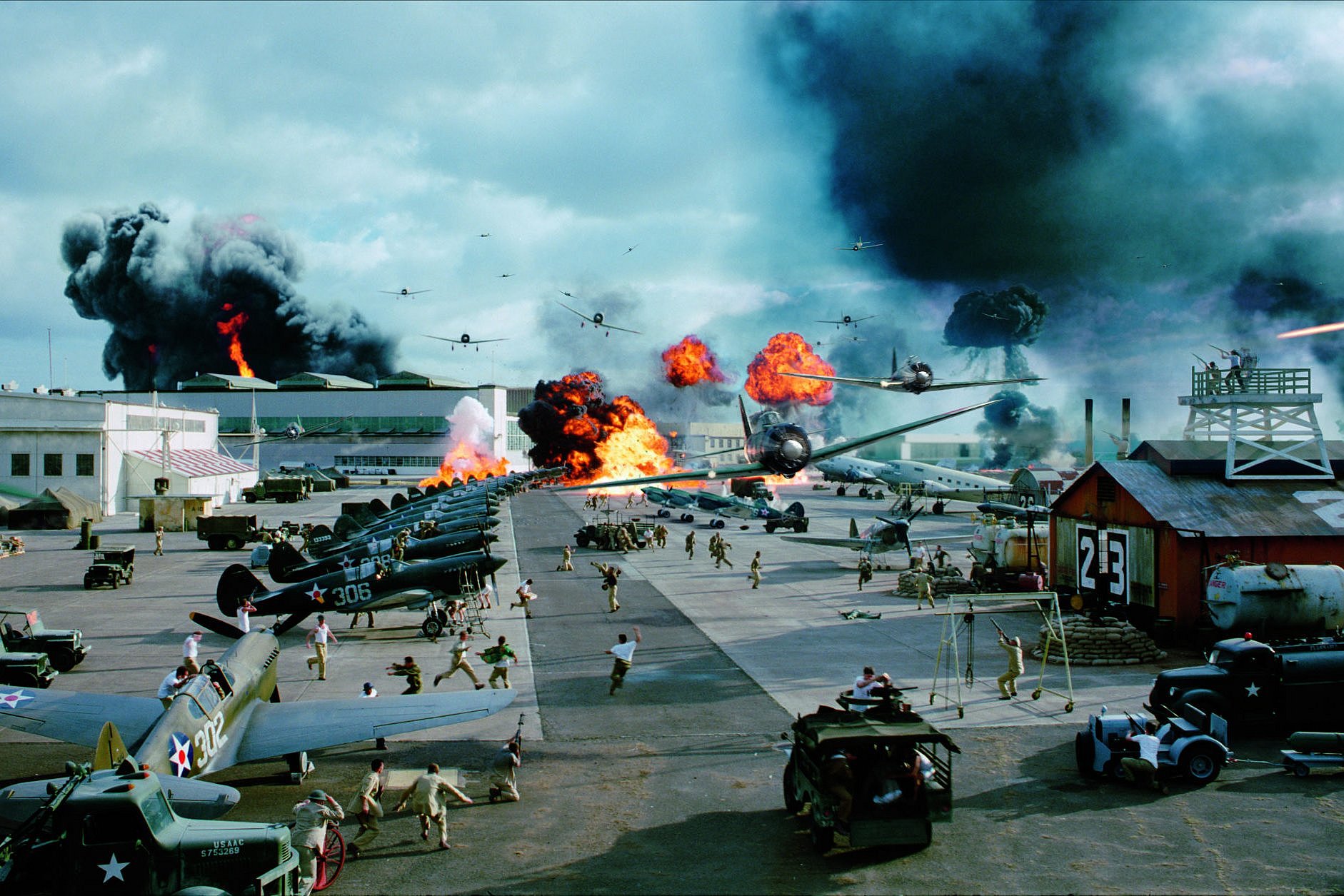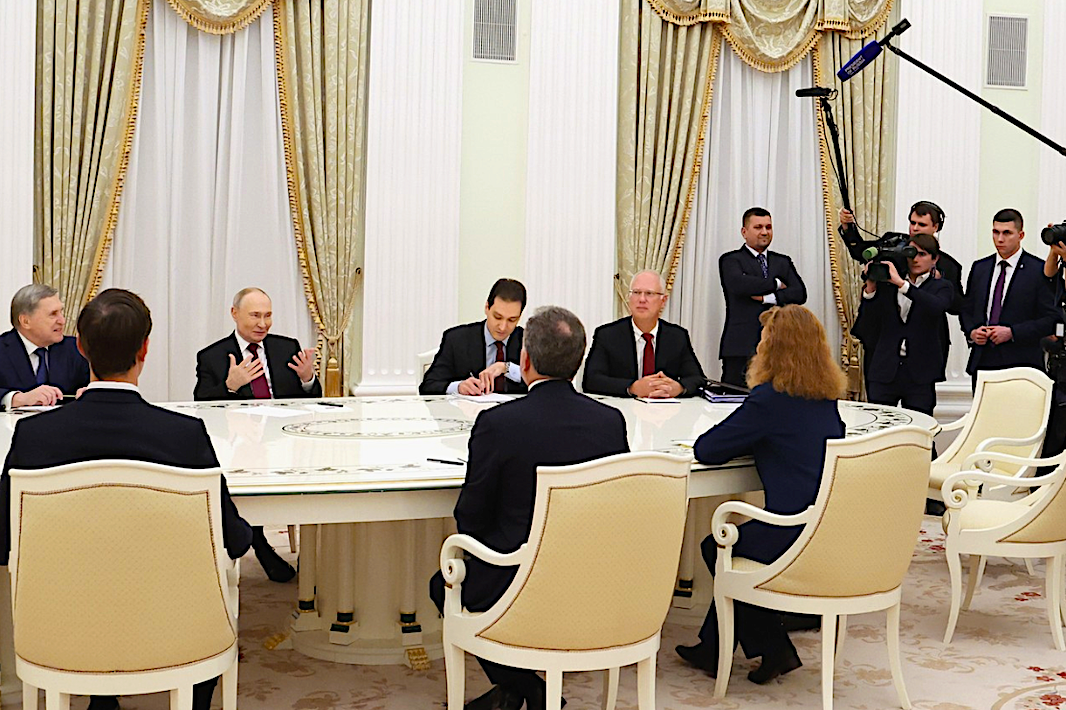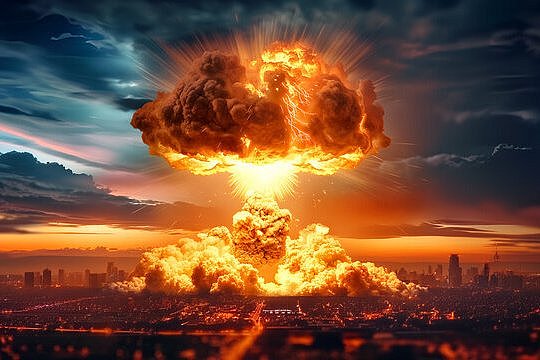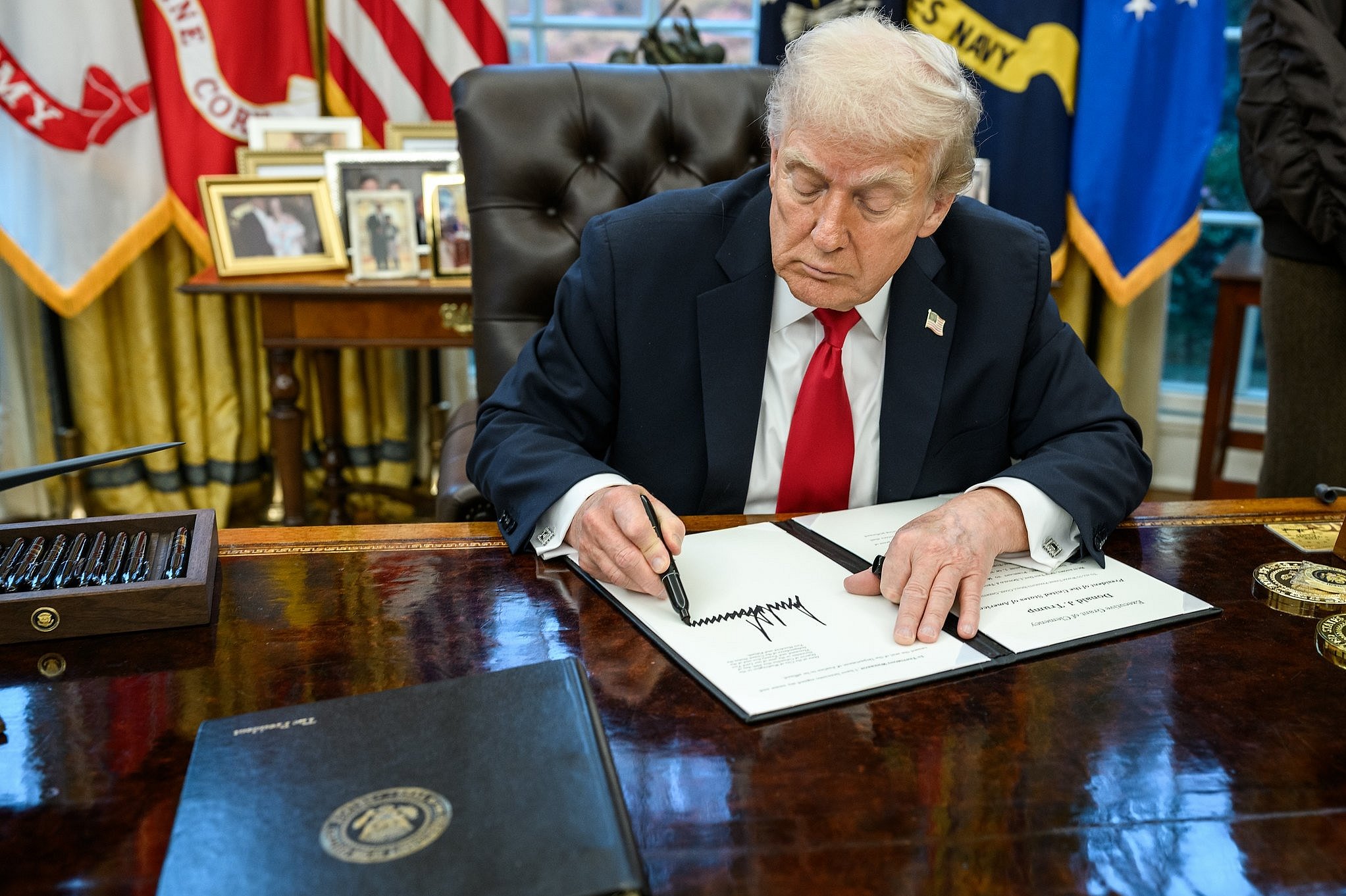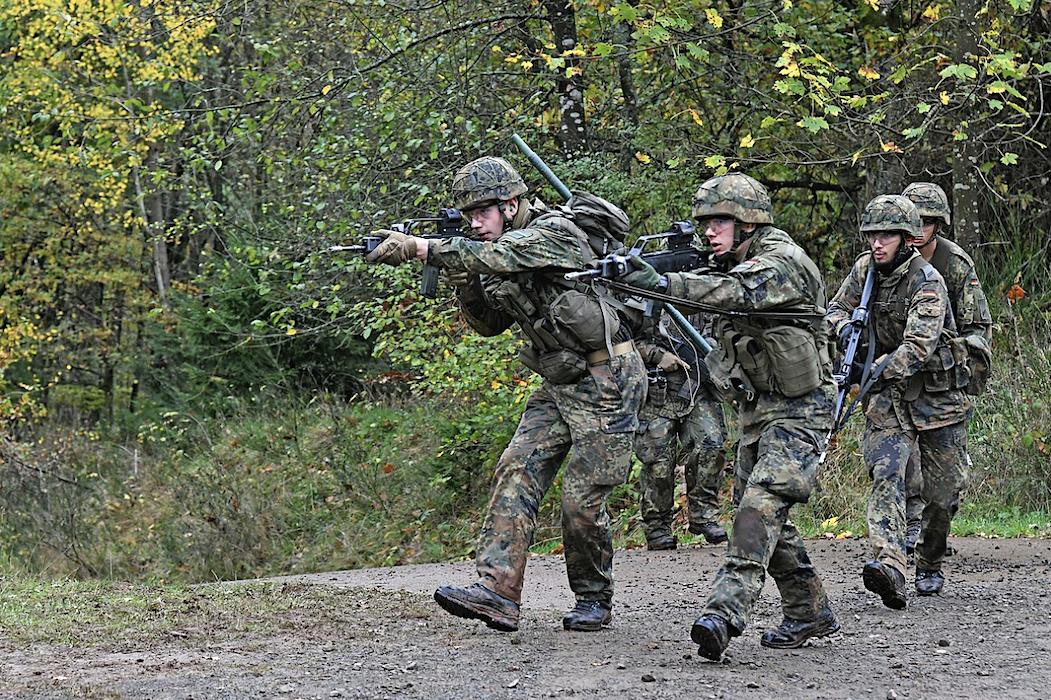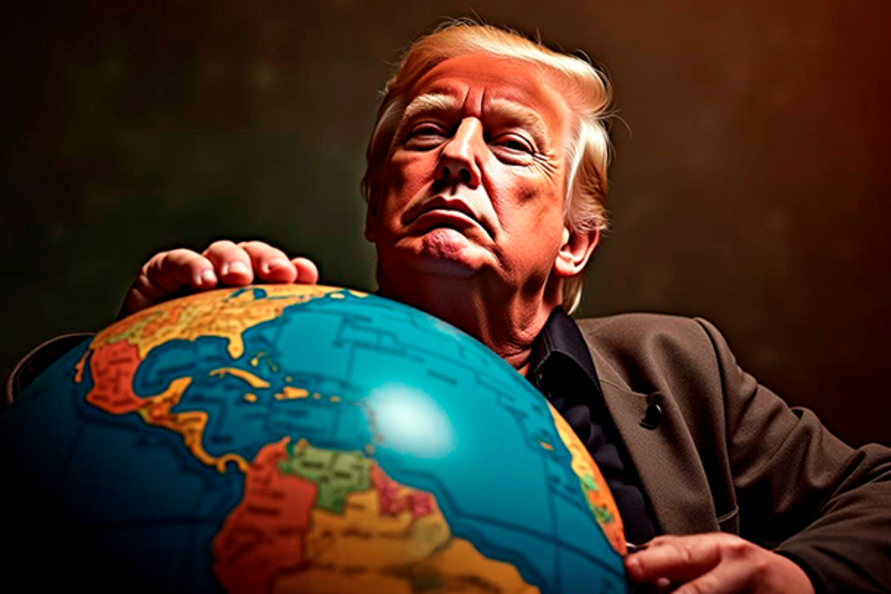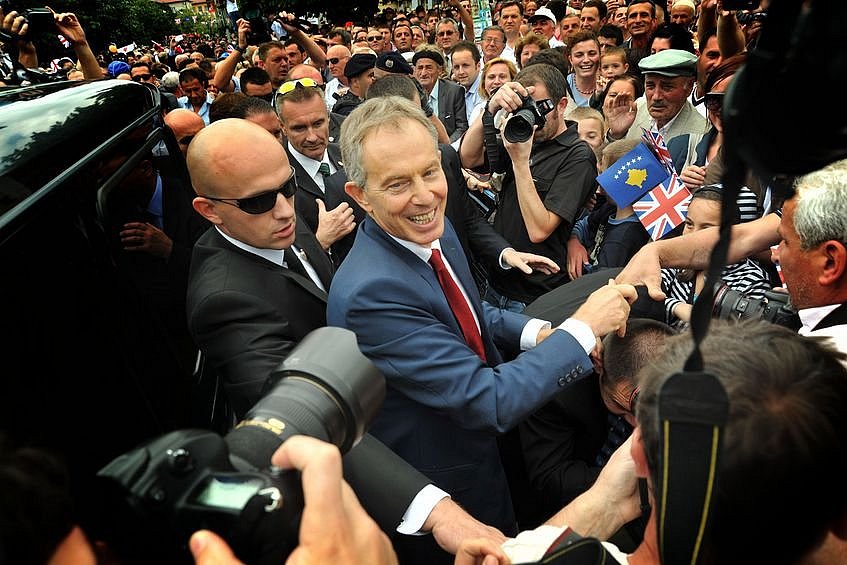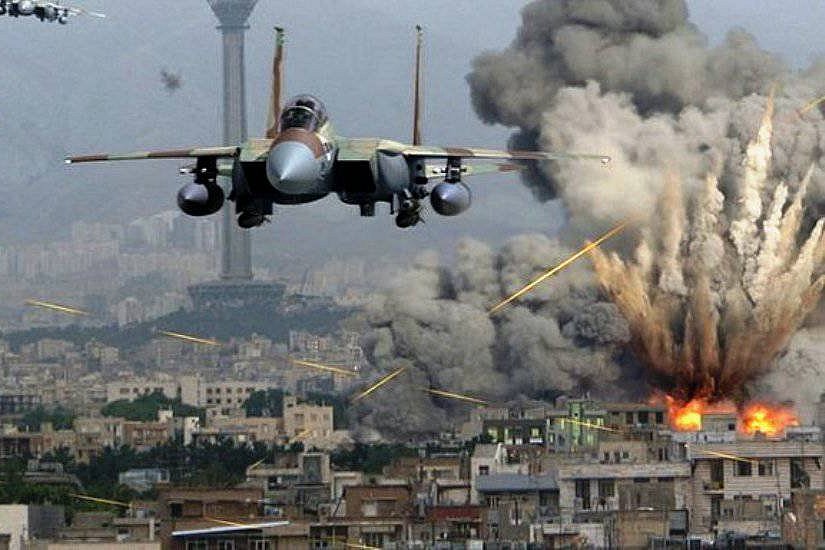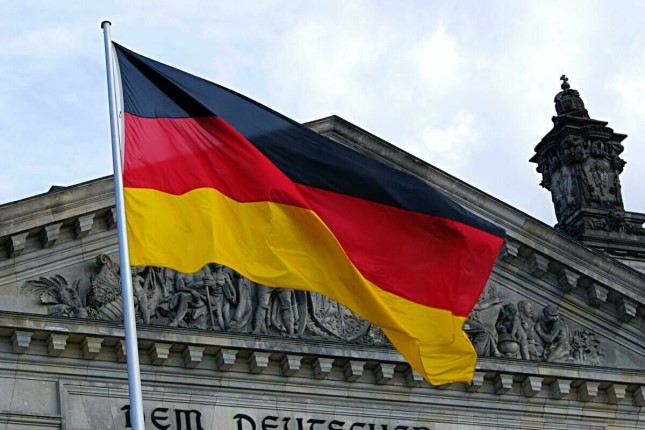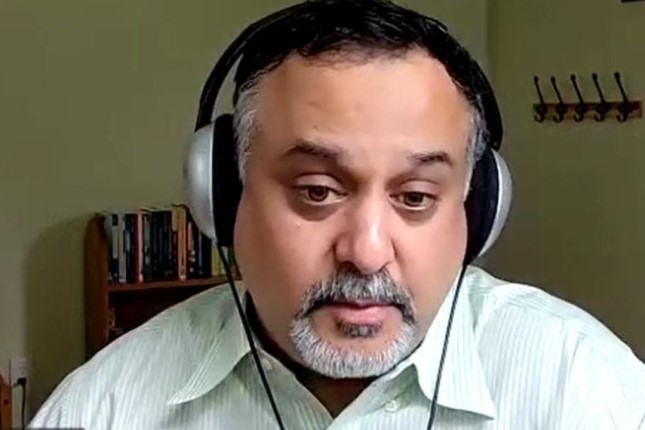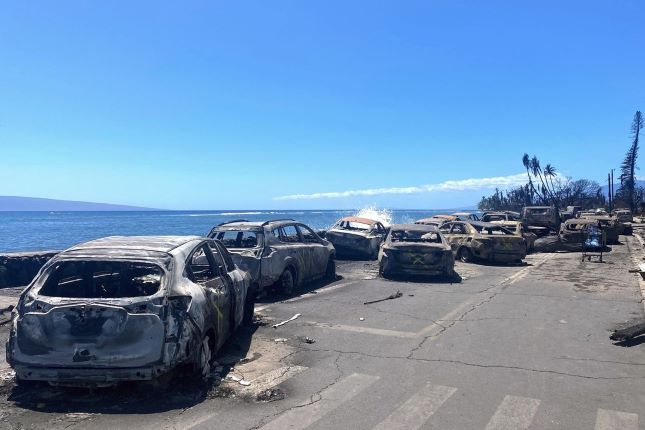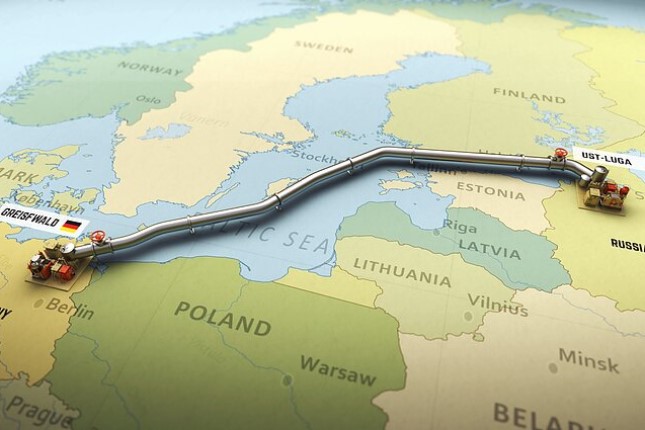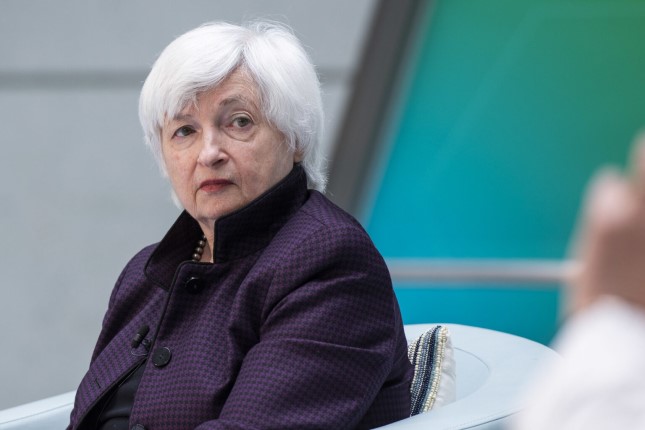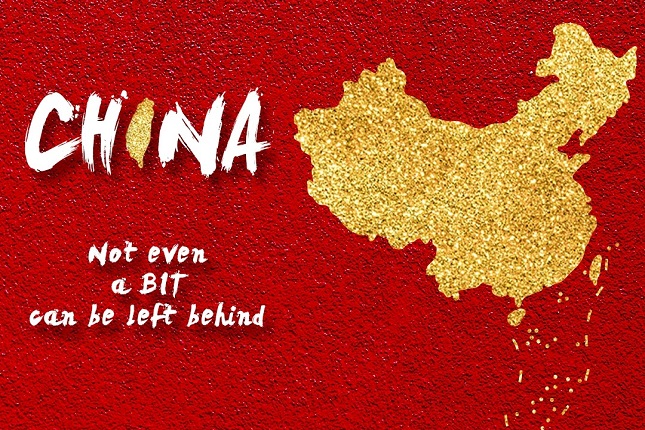He came to this completely revised conclusion apparently having been briefed on battlefield and economic conditions by U.S. officials, including Special Envoy for Ukraine Keith Kellog and Mike Waltz, who served very briefly as Trump’s National Security Advisor and is now the U.S. Ambassador to the UN. Coming out of those briefings, Trump was now convinced that Russia is “in BIG Economic trouble” and that “Russia has been fighting aimlessly for three and a half years a War that should have taken a Real Military Power less than a week to win.” His advisors stressed that Russia had not made significant territorial gains despite large-scale summer offensives.
After the revision in Trump’s assessment, Ukraine’s President Volodymyr Zelensky said that Trump now “clearly understands the situation and is well-informed about all aspects of this war.” But does he?
Trump now apparently thinks that Putin is vulnerable because Russia is in economic trouble, although it isn’t exactly clear what trouble Russia is in. The Russian government and central bank are certainly having to walk something of an economic tightrope, trying to lower inflation while not pushing the economy towards some sort of recession. Interest rates remain high, with the Russian Central Bank’s key rate at 17%, impacting consumer spending and investment. Inflation has, however, dropped to much more manageable levels than earlier in the war, and indeed than earlier this year. Where inflation is now around 8%, it has been as high as just under 18% back in early 2022, still topping 10% earlier this year.
While Russian government plans to increase VAT to help fund the war may contribute to modest increases in inflation, the Russian Central Bank still expects inflation to be down to 6-7% by the end of the year. Lower inflation should allow for the cutting of interest rates. If all of this data was from a Western country it would be seen as positive, but there seems to be a determination on the part of some Western governments and observers to try to put a negative spin on any economic news out of Russia – regardless of what the news is.
Russia has weathered the harshest sanctions regime the West could muster. Russia has the fourth largest economy in the world when measured by purchasing-power parity, which is an assessment of the size of an economy adjusted for the cost of goods and services within it, and is a key measure used by the World Bank. Russia’s GDP growth continues to be more than respectable – currently still expected to be above 1% for 2025 even according to conservative figures. For the first time since the war began, the 2026 budget actually cuts military spending. Russia will officially spend 5.8% of GDP on defense spending. In comparison, Ukraine spends 34.48% of GDP on the military, the largest military burden in the world.
Russia may be facing some economic challenges, but Ukraine is undoubtedly in big trouble and is living hand to mouth. Ukraine has been, for some time, on the verge of economic collapse – and the IMF recently revealed that the situation is far worse than projected. Ukraine has received $145 billion in international aid since the war began, and they have a massive budget deficit they cannot pay. At this point the Ukrainian economy is essentially dependent on foreign assistance. While for the time being the EU currently seems content to carry on bailing Ukraine out, for how long that will last and whether it will be sufficient to keep Ukraine afloat remains to be seen.
The same negative trend for Ukraine is apparent not just for the money to fund the war, but for the troops to fight it. Even if Ukraine had all the money and weapons it needs to equip the war, it is running out of soldiers to fight it. By far the most serious shortage Ukraine is facing is manpower. Millions have left the country, hundreds of thousands have avoided the draft, and, worst of all, hundreds of thousands have been killed or seriously injured. Already by the end of 2023, a close aid to Zelensky had complained that, even if Ukraine had all the weapons they needed, they “don’t have the men to use them.” Two years later, the situation is very much worse.
By contrast, although Russian losses have also remained high, they have continued to be proportionally far lower than those of Ukraine given Russia’s much larger population. Last year, half a million Russians joined the military. Although presented in a negative light in much of the Western press given that it represents a drop in recruitment, the Russian military continues to recruit significant numbers of new personnel: nearly 40,000 during the second quarter of 2025. Russian recruitment has certainly dropped, but there is limited evidence that Russia has been losing fewer troops during 2025 than 2024 while still maintaining pressure on Ukrainian forces.
And that raises another problem for Trump’s belief that Ukraine will “be able to take back their Country in its original form and, who knows, maybe even go further than that!” Ukraine cannot win back all of its territory while it is on the defensive. Without going over to the offensive it will continue, bit by bit, to slowly lose more territory as it is now, while suffering losses that it can afford even less than Russia can. But with its manpower shortage, Ukraine is simply not likely to be capable of shifting to the offensive in any meaningful way. This war has taught both sides that to go on the offensive and push the other side back requires a significant local manpower advantage – something that shouldn’t have come as a surprise in a peer-peer war – and something that Ukraine is increasingly incapable of achieving.
Despite having caught Russian forces off guard in 2022 and having achieved local numerical superiority late that year, since then, when Ukraine has amassed resources to go over to the offensive, those offensive operations have ended badly. The much-vaunted counteroffensive of the summer of 2023 squandered much equipment and many lives for little gain. The so-called ‘Kursk’ offensive of 2024 looked impressive for a while on a map, but the territory occupied by Ukrainian forces was of little military or economic value and soaked up better quality military units just to hold it. When it was finally recaptured by Russian forces, Ukraine lost many men and much equipment in an offensive operation that ultimately gained it little or nothing other than fleeting Western headlines. Zelensky’s potential rival and former head of the Ukrainian armed forces, Valerii Zaluzhnyi, may have been point scoring when he recently suggested that the costs for Ukraine of the ‘Kursk’ offensive had been ‘too high’, but they were certainly losses in both men and materiel that Ukraine could ill afford.
Though Russian forces have not made decisive advances on the battlefield, recently they have been making gains more quickly than at any point in the war since early 2022. The increasingly thinly stretched Ukrainian frontline is becoming more porous and vulnerable with the danger of collapse still looming in the background. For the first time in years, the Russian armed forces recently broke through key defensive positions, and logistical hubs critical for the Ukrainian armed forces to supply their troops in the east have been partially infiltrated and all but surrounded, challenging the Ukrainian armed force’s ability to supply their troops on key sectors of the front. The briefings being given to Trump seem to omit the existential attrition of Ukrainian troops and weapons and the increasing pressure it is putting on their front lines.
There remains a naïve belief in much of the Western press and some government circles that the West can make up for Ukrainian weaknesses in terms of manpower with more weapons. However, currently cut off from the flow of American weapons, Ukraine is dependent on what it can produce for itself and what an economically troubled Europe can provide. That has left it depleted of weapons to prosecute the war and even more depleted of air defenses to defend it.
Russia, on the other hand, is, for the first time, producing more weapons than it needs to fight the war in Ukraine. It has doubled its production of artillery, drones, armored vehicles and tanks. No longer producing just what it needs, Russia is poised to restart arms exports in a meaningful way, with there being reports that Algeria may become the first foreign operator of the SU-57 aircraft by 2026, receiving 14 such aircraft during 2026-7.
And Russia is not just producing more weapons, it is producing improved weapons. Russia is passing Ukraine in the race for more sophisticated drones and more sophisticated ways of defending against drones. It is also using them in increasingly sophisticated ways that better co-ordinate with other arms. It has also upgraded its ballistic missiles to evade the best air defenses Ukraine has, including American made Patriot systems. Russian ballistic missiles now seem capable of performing last minute changes of course and dives that confuse Patriot interceptors. Ukraine air force data suggests that the Ukrainian armed forces now have a missile interception rate of only 6%. Russian missiles are eluding Ukraine’s air defenses and are hitting their targets. A report produced by the U.S. Defense Intelligence Agency concludes that the Ukrainian armed forces are now “struggle[ing] to consistently use Patriot air defence systems to protect against Moscow’s ballistic missiles because of recent Russian tactical improvements.”
And there does not seem to be any magic bullet to reverse the trend. Ukrainian President Volodymyr Zelensky has asked Trump for Tomahawk missiles. Trump is reportedly considering it. Tomahawk missiles have a range of 1,500 miles, putting targets deep within Russia, including the Kremlin, within range according to Zelensky.
There are a number of problems with Zelensky’s plan. The first is that the U.S. doesn’t have all that many such missiles itself – and recent use of its own missiles against Iran and Yemen highlights that they are a resource that the U.S. also needs. Pentagon budget data suggests that the US plans to buy only 57 such missiles in 2026.
The second problem is that Ukraine currently lacks any of the platforms capable of launching Tomahawk missiles. While some sort of jerry-rigged solution is not beyond the realms of possibility in the mid-longer term, the U.S. also has the Typhon missile system capable of firing Tomahawks, but the first U.S. systems are only just being deployed.
The third, and very dangerous, problem is that Ukraine is incapable of using Tomahawk missiles without U.S. assistance. The US has clearly been providing Ukraine with targeting information in the war to date, so providing such information wouldn’t be anything new. However, the amount of U.S. assistance that would be required to get Ukraine firing Tomahawk missiles into the depths of Russia would be considerable – and there couldn’t be any hiding it. Vladimir Putin has reportedly said recently that a decision to supply Tomahawk missiles to Ukraine “will ruin our relations [with the United States] or at least the emerging positive trend in these relations”.
Russia has faced increased Ukrainian capabilities in this regard before and has adapted. What makes the Tomahawk missile somewhat different than previous U.S. and European missile-related escalations in assistance to Ukraine is the fact that, although the U.S. doesn’t currently deploy nuclear Tomahawk missiles, the reintroduction of such a missile remains a possibility.
Rhetoric about Ukraine being in a position to take all of its land back and win the war will not change the reality on the battlefield: nor would a few Tomahawk missiles. They would, however, constitute yet another escalation in a war that sooner or later may run out of escalations. So far, as one of the authors of this piece predicted back in late 2022, those escalations have not led to an overwhelming advantage for either side in circumstances in which morale on both sides remains sustainable for the foreseeable future. If time is on either side, however, it is leaning more and more towards Russia for reasons that were to some extent foreseeable earlier in the war.
Western ‘hawks’ are now trying to hype up the need for another wave of escalation of Western assistance to Ukraine, ignoring the fact that, at some point, an escalation may be an escalation too far. They also often conveniently ignore the fact that not only Russians but also Ukrainians are still dying in their droves, but are still apparently willing to fight to the ‘last Ukrainian’ rather than accept realities and move towards the sort of peace that is viable.
Source: AntiWar.com.
